
The Sega Pico is a video game console created mostly for educational purposes, intended for use by young children.
In general, the console resembles a laptop, and instead of using a controller that plugs into the console it came with a touchpen, that was wired to the console, along with a D-Pad and a large action button.
The cartridges for the Pico are called "storyware." The cartridges have a booklet attatched to it, the purpose is for the child to turn the pages to access new segments of the game, with additional minigames being started by the child touching the pen to different parts of the book. These minigames can be controlled with the pen on the draing pad or the storyware, or can be controlled with the buttons.
Most games also included an art program at the very end of the booklet.
In Japan, the console had several games released for it that included accessories that were plugged into a PS2 port on the cartridge. These accessories were unique to the game released with it and were used to controll certain parts of the game.
The console was released in 1993 for Japan, and in 1994 for North America and Europe. It took off in Japan, but not so much in the west. It is theorized that the lack of popular kids media that was licenced to make games was the downfall of the Pico in the west, as Japan had far more kids media to make games out of and several producers of kids media in the west already had a plethora of educational games on consoles such as the Super Nintendo, Sega Genesis, Gameboy, and PC. It's also theorized that parents and children in the west found the Pico too confusing to use, or that western parents were unwilling to buy an entirely new console with proprietary software, or that western children simply just weren't interested enough in it for it to be sucessful.
The Pico also released in Korea in 1995 and in Taiwan in 2002.
The Pico was discontinued in 1998 in North America and Europe, and in 2002 in Korea, but it wasn't discontinued in Japan until 2005, when it was replaced with the Advanced Pico Beena, which was discontinued in 2011.
The Japanese Pico has many different models. But this is the first one. Other variations of this model seem to have minimal changes and are just different colors
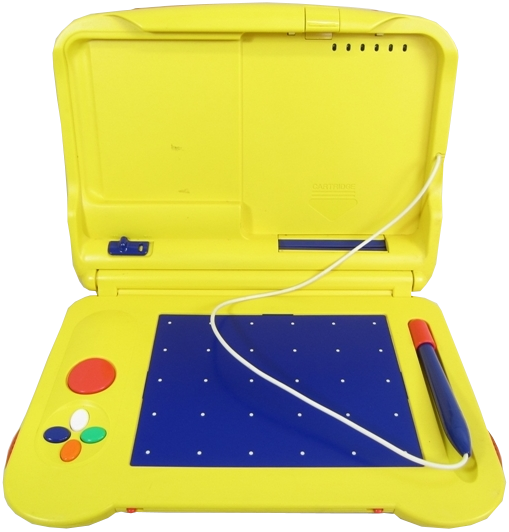
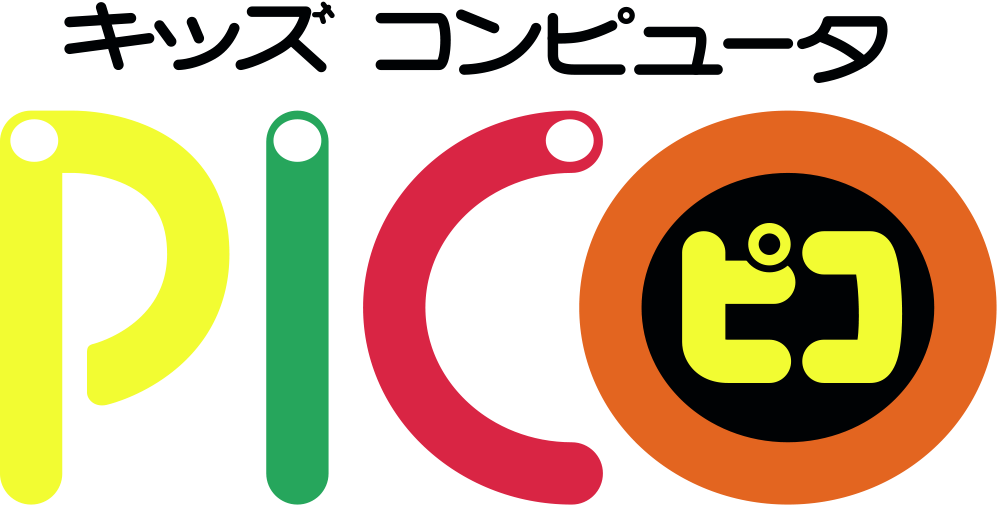
They updated the model in 2001, but not much changed expect for the top half being thinner
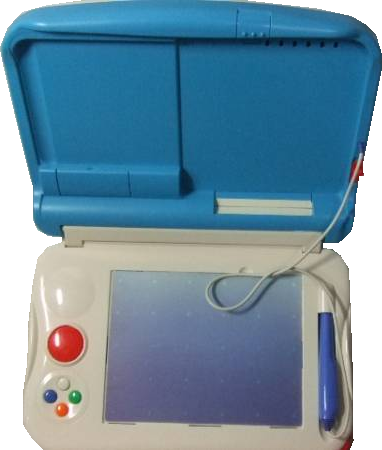
This is the only model of Pico that was released in the west.
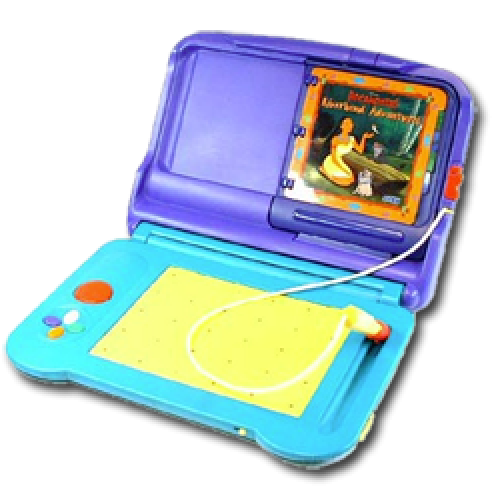
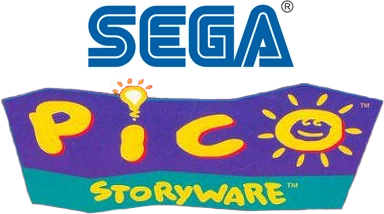
This is the first model that was released in Korea, distributed by Samsung, who distributed pretty much all of Sega's products in South Korea.

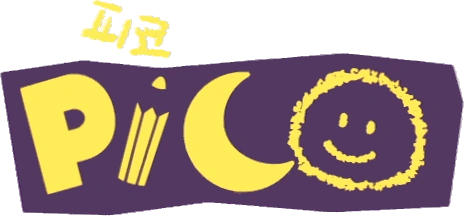
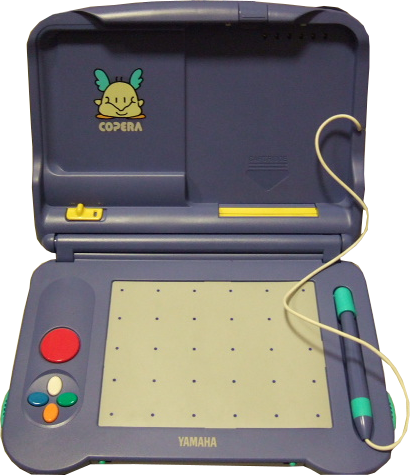
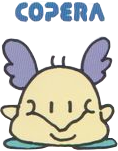
The Copera is a device extremely similar to the Pico, but includes extra features such as a microphone, stereo sound with an FM chip, and two MIDI ports for composing music.1 While the Mixt Player can run Pico games, the Pico cannot run Mixt Player games.
Despite this, Mixt Player games have been dumped, but as of right now are not playable with current emulation.
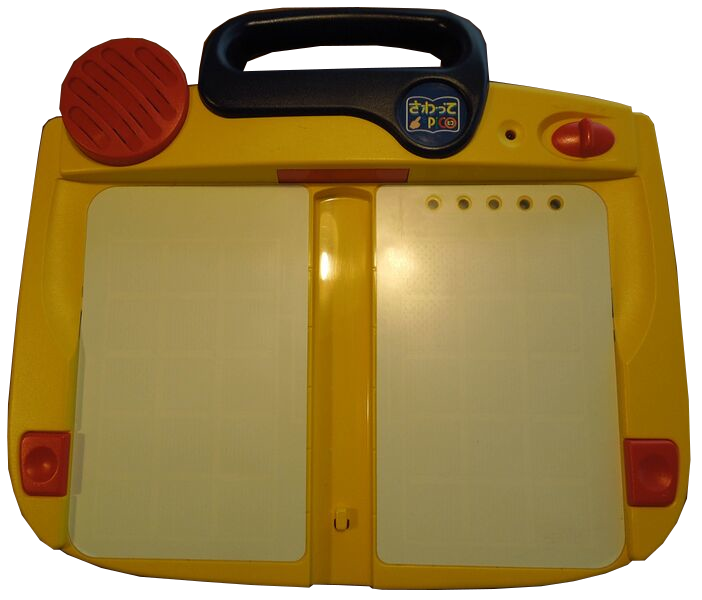
This is an extremely obscure Sega console that works like the Leappad Littletouch, though with the book itself being the cartridge rather than needing a book and a cartridge. It was designed for very young children, and presumably is operated by touching the books with your hand rather than a pen.
There are 15 games confirmed to have been released for the Sawatte Pico,2 though only three of the games have been dumped, being Doraemon - Nobita no Doubutsu Land, Soreike! Anpanman Onamae Naani, and Ultra Hero Touch.
The Sawatte Pico doesn't connect to a tv, and is battery powered, so these games cannot be emulated through the Pico.
The Beena is the very last console that Sega ever released. The Beena is a total upgrade to the Pico, with better graphics and sound and even the ability to play without a tv screen. While there are Beena ROMs on the web, there is no Beena emulation. Beena games cannot run on the Pico, and the Beena is not backwards compatible with Pico games either.
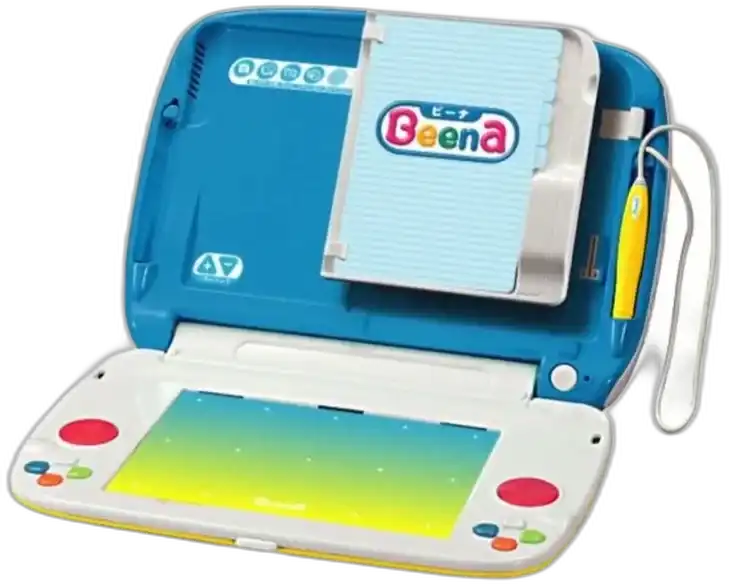
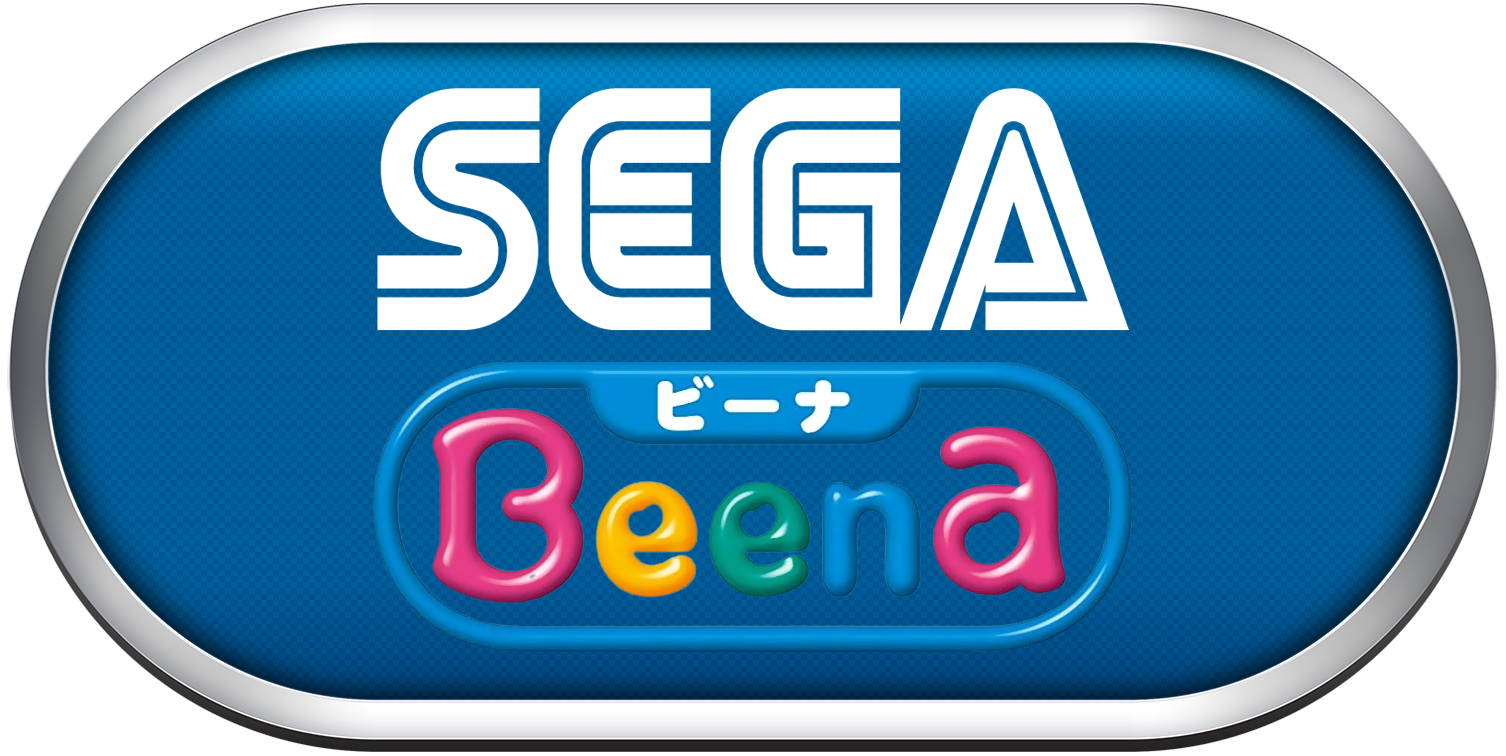
The Pico, though it has the same hardware as the Genesis, requires the storyware and touchpad in order to actually play them. While you can load a Pico ROM in an emulator such as BlastEm or Kega Fusion, playing the game is very limited.
Currently, the only way to play emulated Pico games is through a specific version of PicoDrive made for Windows. (Henceforth referred to as 1.45a)
While 1.45a has support for storyware and the touch pad, it (and Pico emulation as a whole) is still lacking in emulation features, being that it is just an expirimental fork of PicoDrive that probaly wasn't meant to be a mainstream emulator. Issues with 1.45a include:
Currently, you can run Pico games on any emulator that can run Sega Genesis games. However, there is no support for the storyware or drawing pad. Even so, it is possible to play through Pico games on an emulator such as Kega Fusion, which has support for mouse input. I have seen people do this, and you can try it yourself if you'd like, but keep in mind that it may be difficult at first to find which button corresponds to which Pico function. And if a game crashes or doesn't work well in 1.45a, then it probably won't work on a different emulator either.
Some emulators are also not very good at running Pico games at all. MAME, for example, has a way to run Pico games, but currently it is very finnicky with changing pages, and most of the time you'll just be switching between the title page and the last set of pages.
Within the development logs for BlastEm, a more recent Genesis emulator that is open source, there looks to be indication that the dev team is working towards Pico emulation, with references to the Pico's storyware and drawing pad, and even to the Copera, mentioned as recently as two months ago, at the time of writing this. According to the dev team, Revision 50cff4c9286e, which you can download here, is currently the release with the most stable Pico support.
Please keep in mind, however, that images for the pages and touch pad have not yet been implemented in this version. Copera games also do not have any music, as the YMF262 (OPL-3 FM) chip is not currently supported.
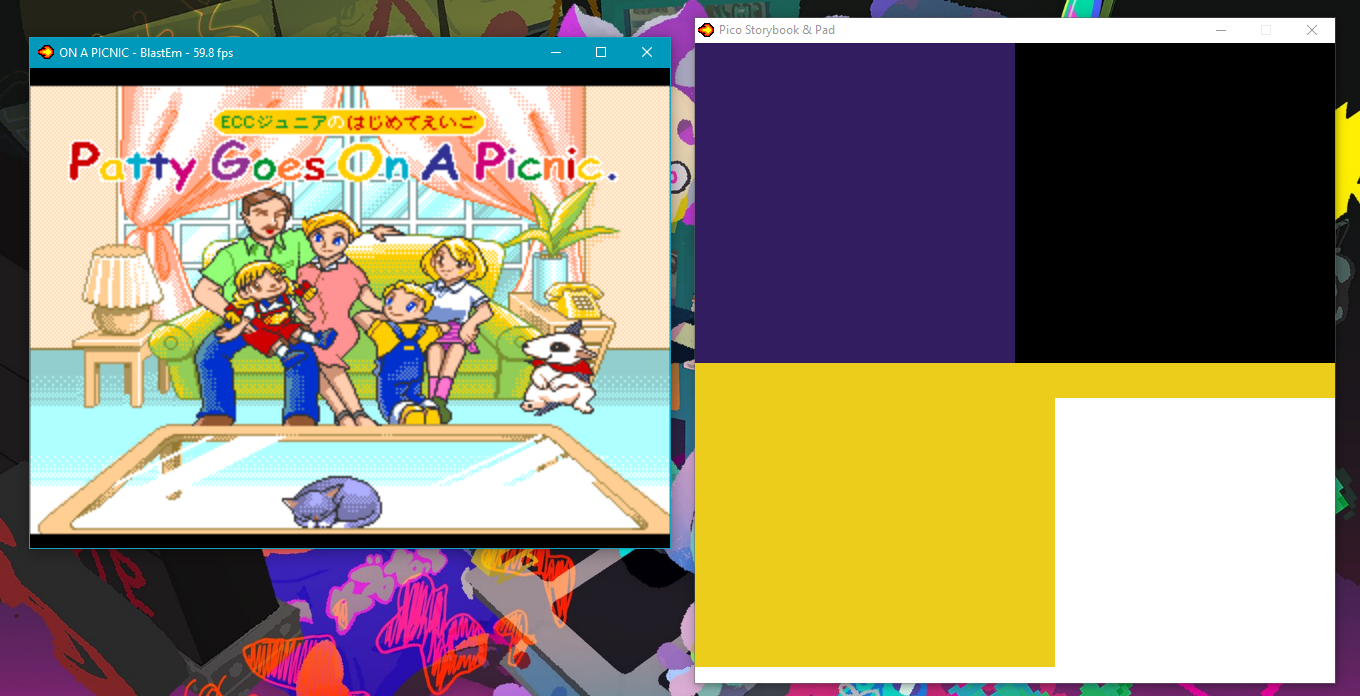
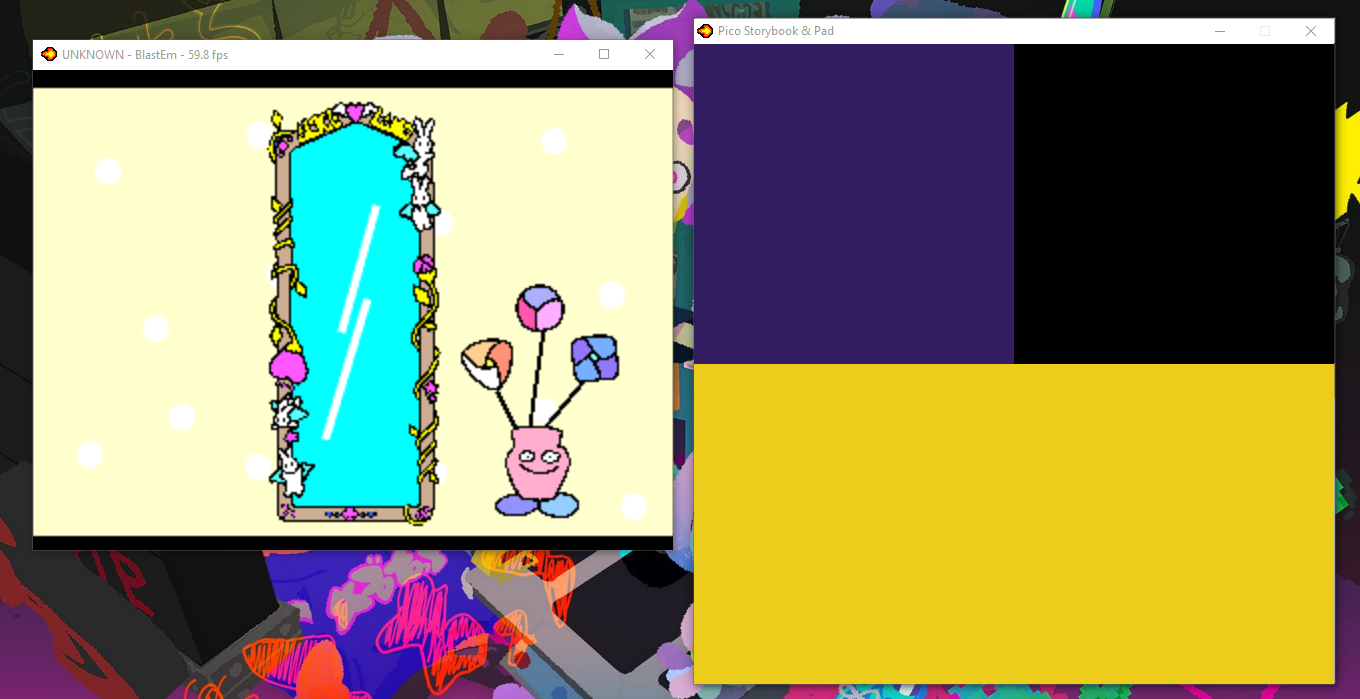
I could not fit all of this on this page, so I made a Google Spreadsheet
 Playable
Playable Partially Playable
Partially Playable Works But Not Playable
Works But Not Playable Broken
Broken Works, But Requires Addons
Works, But Requires Addons Copera Mixt Book Player Game
Copera Mixt Book Player Game Sawatte Pico Cartridge
Sawatte Pico Cartridge Has Page Scans or Manual Scans To Make Pages From
Has Page Scans or Manual Scans To Make Pages From Page Scans Can Be Used From Another Game
Page Scans Can Be Used From Another Game Has No Page Or Manual Scans Available
Has No Page Or Manual Scans AvailableThese are some interesting things I discovered while researching.
A commercial for Doubutsu Pico: Hamster Land.
Several Japanese Pico commercials for various games
Videos of Pico games that come with playsets or accessories
Despite being emulated, these users have managed to get some extensive gameplat of Osewa Shimasho! Aka chan Pico, which uses the baby doll mentioned above.